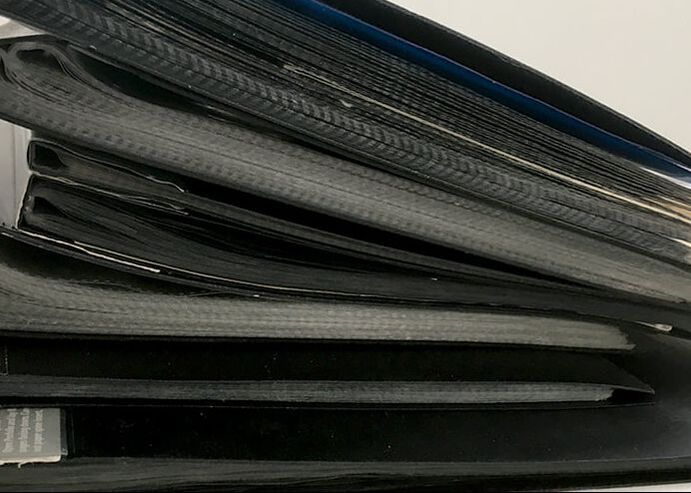|
Back when I lived in the North East, I used to visit New York, and in New York, my friend David X Levine, in his mid town tiny studio, where I would flip through his lovely collection of black books containing his drawings. We did several trades, and I have a lovely collection of his drawings as a result.
I liked his system, and I learned a lot from his system of barter as well. Bartering is one of the true abundances of being an artist. If someone likes my work, which is certainly not a given but has often been the case, we can often trade services for artwork and it's a win win all around. If there's a mutual fan club going on with a fellow artist, we are often abundant in works to trade. Sometimes, people do not want to barter, and this is always important to fully accept before you even propose it. When it is a Yes for you both, how to barter is not always clear. And for any kind of studio event, how to share your work on paper with people where it is unframed and keep it in good condition is a real concern. From David I learned that the black books with plastic sleeves allows someone to really go through your work, and select their favorites, while keeping the works safe from oils and spills. I have grouped work by year or by series in these books. I love to know what work people love because I learn about them, about the work, and it gives me some good information for a time when they might get a gift from me. The worst thing is receiving a gift of artwork that you don't like! What a waste for everybody. So I like to be able to mark pages with sticky notes to help me remember who likes what (this sounds so organized, but then I throw out the notes and it all goes to shit, but I try). Barter is also a delicate matter because you don't want to trade just anything, and if someone can just pick anything, it would be a disaster if you weren't ready to part with that particular piece, or it was of greater value to you than what you were getting in return. David's system was to have the person pick their five favorites out of whatever selection you were open to bartering for. Then you remove two that you'd rather keep from their selection of five. They then remove one of the three remaining as their least favorite of those three. Which leaves two. Usually, by this point, one of the pieces is crying out as the one: Pick me!! The one that is meant for this person. At this point, in other words, the work selects itself, or one of you makes the move. This way, we've learned a lot, played a little selection game, and gradually, come up with the win win barter choice. Everyone goes away smiling. So the black books is a way to facilitate this exchange while keeping your work nice and clean. You can also use cellophane protection sleeves, or just a good pair of clean gloves. One word of caution about the black books: if you buy them used, or reuse them, be sure that they didn't have charcoal or pastel works in them prior, because then you get that crap on your pristine works. Recently, I decided to reconsider everything by emptying these books, the work in them has gotten a little mixed up and some of it needs to be considered afresh, and inventoried. So now the work is organized and these books stand ready to refill. What's your system, barter story, question or thought? Please share in the comments, it's much more fun with your contributions.
0 Comments
Leave a Reply. |
ALIVEUPCOMING AND RECENT
FIELD GUIDE TO AMBIGUITY is here! Arrived Jan 31 NOW--ISH A solo exhibition Opening June 7—Sept 6 2024, Saugatuck Center for the Arts, Saugatuck MI. FREE SESSION WITH HANNAH!If you feel overwhelmed, confused or just plain excited by what's afoot in your life, and would like some excellent clarifying space and tools, try a session with Hannah! She's been a coach for 15 years. First 30 minutes is just to see what it's like...
AuthorHannah Burr is a contemporary artist and author. Originally from Boston, she lives in Ann Arbor MI. Archives
November 2023
Categories
All
|

 RSS Feed
RSS Feed